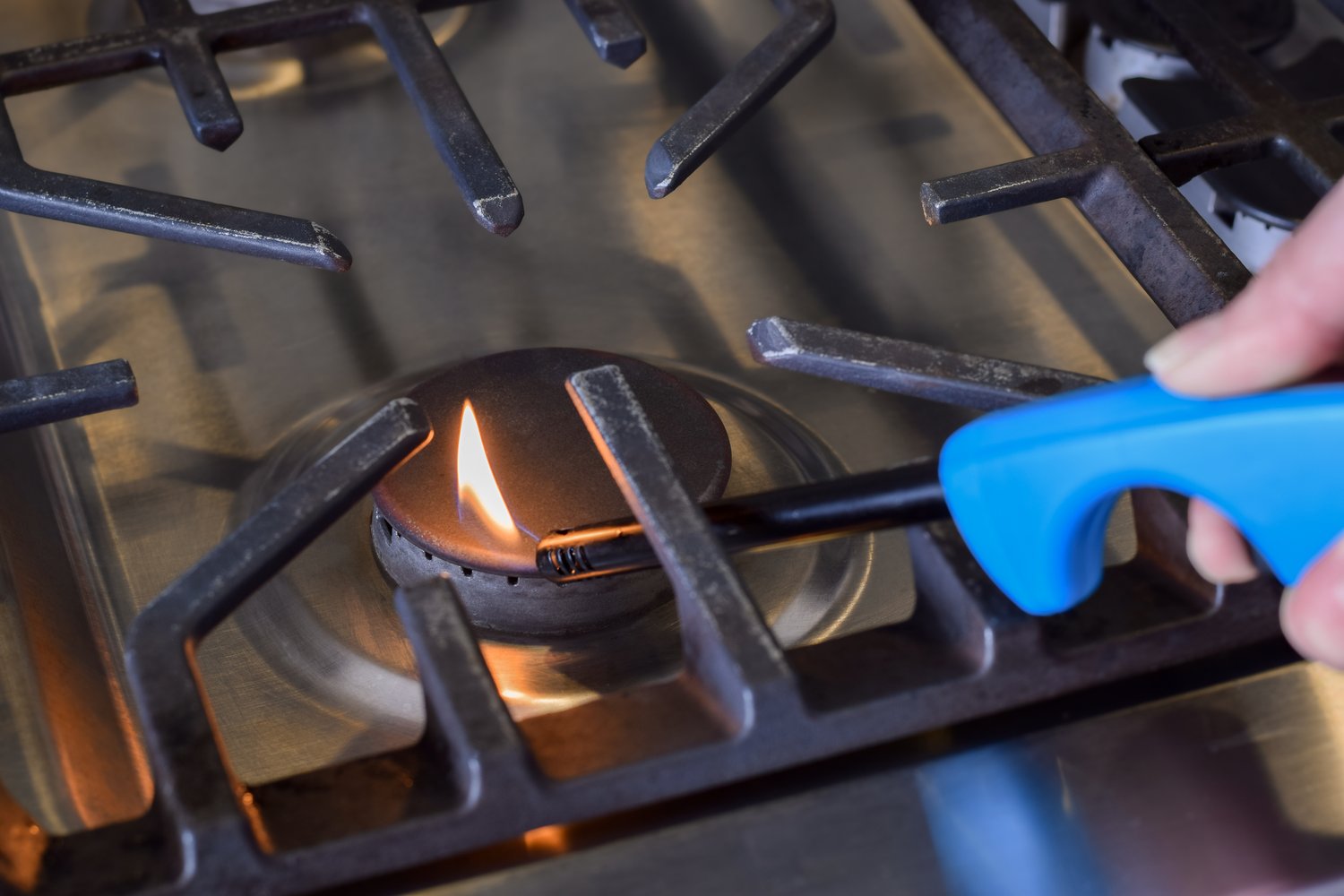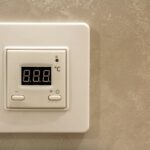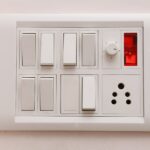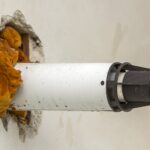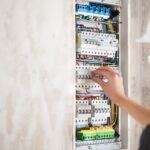In the hustle and bustle of a busy kitchen, a malfunctioning electric stove burner can bring everything to a halt. Understanding the intricacies behind these disruptions is key to maintaining smooth kitchen operations. Are you aware of what might be going wrong with your electric stove burner or how to fix it efficiently to get back on track?
- Diagnose the root cause of burner malfunctions and determine whether the issue lies with the burner or related components.
- Perform essential initial checks, including ensuring the power supply is intact and analyzing burner connections to understand electric conduction’s role in performance.
- Follow practical steps to test your electric stove burner’s functionality and proceed with necessary replacement, securing efficient kitchen operation.
Engage with this guide to empower yourself with the knowledge to not only diagnose but also resolve issues, bringing reliability and efficiency back to your culinary space.
Diagnosing Issues When Your Electric Stove Burner Not Working? Element Testing and Replacement Guide
When your kitchen’s electric stove burner is not functioning, it can be a significant disruption.
Before you can effectively address the problem, it’s essential to diagnose the root cause.
Understanding the common reasons behind burner malfunction is a critical first step in the troubleshooting process.
This guide will equip you with the knowledge to identify whether the issue stems from the burner itself or is related to other components.
Perhaps the problem lies within the electrical elements, the switch, or connection faults.
Pinpointing these can save you time and effort, ensuring that you focus on the correct part of the system.
Start by observing any obvious signs of damage, such as visible cracks or deformations in the burner element.
Consider age and wear; older burners may simply reach the end of their lifespan.
Learn what symptoms differ between electrical faults versus mechanical ones.
By recognizing these key diagnostic indicators, you’ll be better prepared to handle any non-working electric stove burner, allowing for timely and accurate repairs or replacements.
Initial Checks and Electric Conduction Analysis
Before proceeding to replace any part of your stove, conducting some initial checks is crucial.
First, ensure that there is a proper power supply to the stove.
Look for tripped circuit breakers or a blown fuse in the fuse box, as these can obstruct the power from reaching the stove.
Next, inspect the burner connections.
Ensure that they are secure and free from corrosion, which could impede electric conduction.
Burner elements that are not properly connected or have been compromised by rust or dirt might result in poor performance.
Understanding electric conduction is essential since it significantly impacts how efficiently your stove burner operates.
Use a multimeter to measure the continuity of the electric elements.
Checking the continuity can ascertain whether the burner allows electrical current to pass through, a key factor for optimal operation.
If the reading shows a lack of continuity, it indicates an open circuit, suggesting replacement might be necessary.
These initial diagnostics provide a more comprehensive understanding of what might be causing your electric stove burner troubles.
By following these steps, you can ensure a thorough analysis before moving on to more complex solutions like testing or replacing elements.
Practical Steps for Electric Stove Burner Not Working? Element Testing and Replacement Process
After diagnosing the root cause of your electric stove burner not working, it is crucial to carry out a systematic approach to testing and potentially replacing the burner element. A properly functioning burner is essential for maintaining effective kitchen operations and ensuring uninterrupted cooking routines.
Before starting any work on your electric stove, ensure the appliance is unplugged from the power source. This is a vital safety measure to prevent any electrical accidents.
Begin by carefully removing the burner from the stove. Depending on the model, you might need to gently pull or lift the burner element to access it. Pay attention to any connectors or sockets that may require detaching. Keeping clear documentation or even taking photos of the connections can assist in easily reattaching them later.
With the burner element out, visually inspect it for any signs of damage such as blisters, cracks, or breaks. If the physical examination shows damage, you might need to replace the burner. However, if there is no visible damage, proceed with an electrical test using a multimeter to assess continuity.
Set your multimeter to the “Ohms” setting, and attach the probes to the burner element’s terminals. A reading close to zero indicates the element has continuity and is likely functional. Conversely, a high or infinite reading suggests an open circuit, necessitating a replacement.
If replacement is needed, purchase the correct burner element compatible with your model. During installation, ensure that all connections are securely reattached, mirroring the setup before removal.
Once installed, plug in the stove and gently test the new burner element. Monitor its performance to confirm even heating and efficient operation. This final test ensures that your electric stove burner is effectively working and ready for continuous use.
Electric Stove Burner FAQ
Why is my electric stove burner not heating?
The burner might not be receiving power, could have a faulty element, or there may be an issue with the burner socket.
How can I test an electric stove burner element?
You can use a multimeter to check the continuity of the burner element. Lack of continuity indicates a faulty element.
What should I do if my burner is not working but seems intact?
Check the burner connections and the control switch to ensure they are properly functioning. A faulty switch can prevent the burner from heating.
Can I replace an electric stove burner myself?
Yes, you can replace it by following guidelines in the manual or seeking trusted online resources for step-by-step instructions.
Do I need any special tools to replace an electric stove burner?
Typically, you will need basic tools like a screwdriver and a multimeter to test for continuity.

